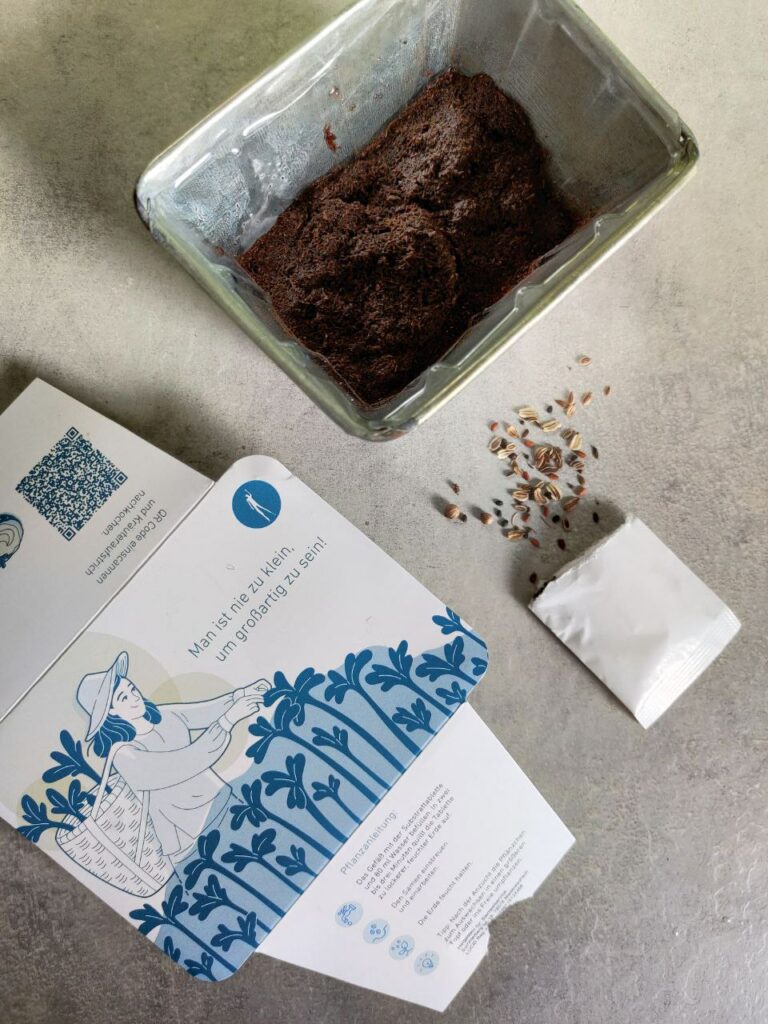Right after the last meeting with Orhan Kipcak, I unpacked a freebie I got from the nutritional supplements company Biogena. It was a DIY kit to plant some seeds and grow your own plants, accompanied by the following text: One is never too little to be great. Sounds familiar? It reminded me a bit of the initial saying everything you need is already inside you that’s the conceptual background for my animation project and has its roots in ancient philosophy.

So One is never too little to be great would as well be derived from the same philosophical roots, whether Biogena chose that consciously or not. But not only the text has the same origin, but also the floral metaphor is a key element to this freebie. The correlation between the text and the action itself (planting seeds and watching them grow / become great) is nothing less than “plants symbolize humans”, a metaphor that’s not only used in my animation project, but also the core to the symbolic hybrids I wrote about in the first blog posts.
This demonstrates that symbolic hybrids as well as philosophical concepts in general not only find applications and modern adaptations in animation, but also in contemporary media and brand marketing.
Now why is this important? At first I thought I’d focus solely on human-nature-hybrids in animation and my own animation of course. But after we talked about being “off-topic” in today’s meeting (“Die Schilderung einer Abschweifung”), I thought why not wandering off a bit from the focus of my master thesis as well, and why not also including some contemporary examples of human-nature-hybrids. While the focus stills remains in animation, giving short examples outside that field would provide a sense of context for these animation hybrids in our current contemporary culture.
But I might ditch that idea again later. Then this whole blog post was just yet another digression.